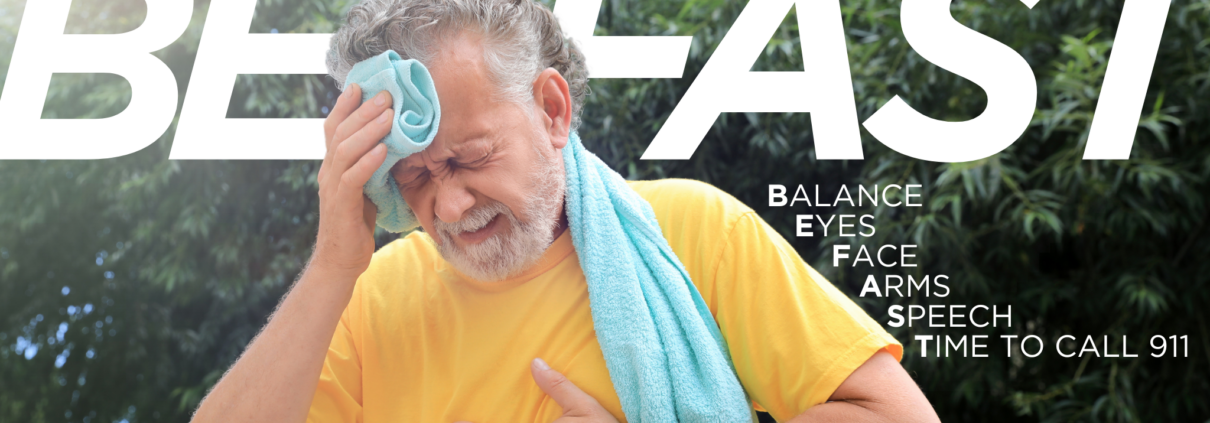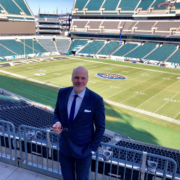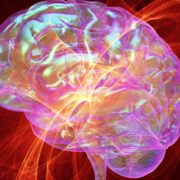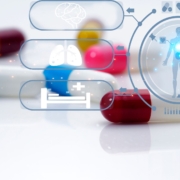BE FAST: How a mnemonic is improving stroke awareness
May is National Stroke Awareness Month, and since its inception in 1989, some 21 million Americans have suffered their first stroke. When including those who have experienced a previous stroke, that number increases to nearly 28 million.
Though those numbers are certainly staggering, research shows that some of stroke’s most severe outcomes can be mitigated: A 1995 study by the National Institute of Neurological Disorders and Stroke (NINDS) demonstrated that if addressed within the first few hours, disability after a stroke could be greatly reduced.
This means stroke awareness and a speedy response are keys to minimizing the consequences of stroke, according to Dr. Sushanth Aroor, assistant professor of vascular neurology at UT Health Houston.
“After the pivotal NINDS study, it became crucial to educate the public about common stroke symptoms and the need to seek immediate help,” Dr. Aroor said.
As part of that push to educate the public, doctors and other experts worked to come up with an easy way to remember what patients should do if they suspect a loved one is having a stroke. A la RICE (Rest, Ice, Compression, and Elevation after a joint injury, for instance) , several organizations launched public campaigns and mnemonics to inspire action and save lives. One caught on quickly: FAST.
Technically, FAST stood for:
- Face
- Arms
- Speech
- Time to call 911
As a whole, FAST highlighted key, basic indicators that were easy to identify and emphasized quick response times. But now, 30 years later, studies demonstrate that adding additional indicators could significantly increase FAST’s efficacy, save lives, and lessen long-term stroke symptoms. That new and improved mnemonic? BE FAST.
FAST, FASTER, BE FAST
Why was it necessary to change the mnemonic? That depends on whom you ask.
“One of the challenges in creating a good mnemonic is for it to be easy to remember,” says Aroor, noting that FAST opted for efficiency for good reason. It was simple, catchy, and easy to implement, drawing attention to major symptoms: facial drooping, arm weakness, and speech difficulties. But the true power of the mnemonic tapped into the NINDS study and rested in its name—the faster you react, the better.
FAST was quickly adopted by the National Stroke Association, the American Heart Association, and other prominent medical groups and educational institutions. According to various studies, including Aroor’s, FAST catches between 64 and 86 percent of stroke presentations when implemented quickly and correctly.
It’s important to note that while FAST is good at identifying some of the most common types of strokes that occur in a region fed by the middle cerebral arteries, strokes that are more often missed by FAST are those in the anterior cerebral and posterior cerebral arteries. Particularly in younger patients, balance/ataxia is a presenting symptom of cerebellar/posterior fossa stroke, which can cause absolutely devastating edema (brain swelling) in an area of the skull that does not compensate for the increase in pressure very well. This type of stroke has increased chances of herniation and death. Posterior fossa strokes can also have different etiologies in younger people, such as vertebral artery dissections in car accidents, workout/gym accidents, and more.
Other alternatives, like FASTER—face, arms, stability, talking, eyes, react—tried to improve upon FAST, but they rearranged existing meaning, and they never quite took with educators and the public.
In 2011, Intermountain Healthcare developed the BE FAST mnemonic. One of the main reasons experts sought to revise FAST was that it did not capture some of the most common presenting stroke symptoms, including balance and vision change. The newer mnemonic adds adds “balance” and “eyes” in advance of the existing favorite, so it plays out as follows:
- Balance
- Eyes
- Face
- Arms
- Speech
- Time to call 911
These additions covered important details; common stroke symptoms include gait ataxia (where an individual demonstrates a staggering gait or even falls) and vision impairment in one or both eyes. It’s a definite overlook for FAST: According to the American Stroke Association, vision loss during a stroke is incredibly common, and 65 percent of stroke survivors suffer long-term vision problems.
In 2017, Aroor—alongside Dr. Larry Goldstein, prominent stroke researcher at the University of Kentucky, and Dr. Rajpreet Singh—sought to scientifically demonstrate the value of BE FAST against its predecessor. They independently conducted the first study on BE FAST, finding that the original mnemonic missed 14 percent of stroke presentations. With the addition of “balance” and “eyes,” BE FAST reduced missed stroke presentations to less than 5 percent.
BEFAST’s >95 percent accuracy means thousands of individuals every year could have strokes diagnosed. Every 40 seconds, someone in the United States has a stroke; even with the widespread adoption of FAST and declining stroke mortality, an American dies of stroke every 3 minutes and 14 seconds. BE FAST has immense potential to lessen those numbers—but only if it becomes widely implemented and recognized. Rapid and accurate identification of stroke symptoms can support better access to timely intervention; in which case doctors have the potential to mitigate the effects of stroke for individual patients.
GROWING AWARENESS
Implementing BE FAST is particularly important, notes Aroor, as the types of strokes that produce vision and gait symptoms are potentially treatable—with clot-busting drugs or mechanical clot removal—if doctors recognize them right away and take direct action. There are powerful treatments, including thrombolysis and thrombectomy, he adds, that can significantly reduce disability resulting from stroke.
Various medical and educational institutions, including Duke Health, are beginning to implement BE FAST over its shorter sibling, though larger organizations are still touting FAST materials and use. Now that the results are in, the challenge is getting the word out.
To spread BE FAST awareness and implementation, the new and improved mnemonic is taking to social media: The #BEFASTchallenge on X (formerly known as Twitter) aims to communicate increased awareness of stroke symptoms through dance challenges—for those who don’t shake and shimmy, push-ups work, too.
Of course, individuals can spread the word without dancing or exercising. In honor of National Stroke Awareness Month, let those you love who are at risk of stroke know: to FAST is good; to BE FAST is better.
This article has been factchecked. For more about that process, click here.









